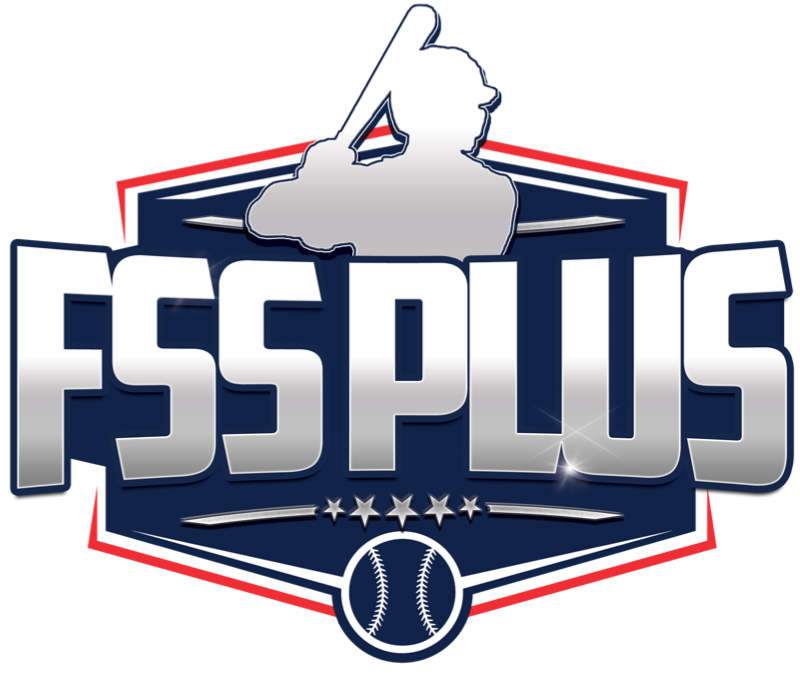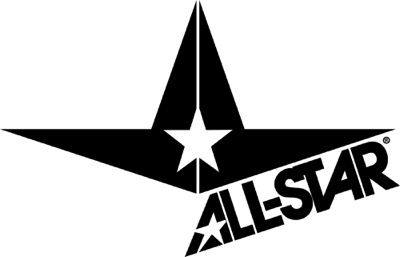The 2026 MLB Draft is 21 months out, but even at this early stage, some players are beginning to separate themselves from the pack in a number of measurable ways. This list is by no means a list of the "best players" in the 2026 class. Instead, it takes into account numerous variables that are hard at work in every Draft. This board takes into account the physical projection of a player, the age of a player, the trajectory of each player's tools and what it could look like when July 2026 rolls around. A player throwing the hardest or a hitter with the biggest exit velocities at this early stage isn't necessarily a good thing. It certainly doesn't hurt, but it's part of a larger puzzle. We're looking for trait development, twitch, and athleticism at this age.
This board was largely created through the lens of film study, data/metrics study and conversations with industry personnel. Not every player on this board was seen in live action by our team, but we trust the people in our network and their evaluation skills. It's a starting block, but a starting block built on a foundation of consistent process and review.
Building out a draft board is a complicated exercise. Our process involves meticulous detail in batted-ball data evaluation, swing decision tracking, pitch metrics, athletic testing and one-on-one interactions with the players as we work to get a feel for their makeup. We attend tournaments, showcases, scrimmages and games to watch the players in their element. The whole process is complimented by extensive conversations with scouting directors, analysts, cross-checkers and area scouts to double-check our evaluations with differing opinions to help draw more conclusive ideas.
EDITOR'S NOTE: The following rankings and evaluations by FSS PLUS are based on subjective analysis and industry sources, and do not influence, are not influenced by, or are affiliated with the opinions and reports of Future Stars Series scouting and development staff.















